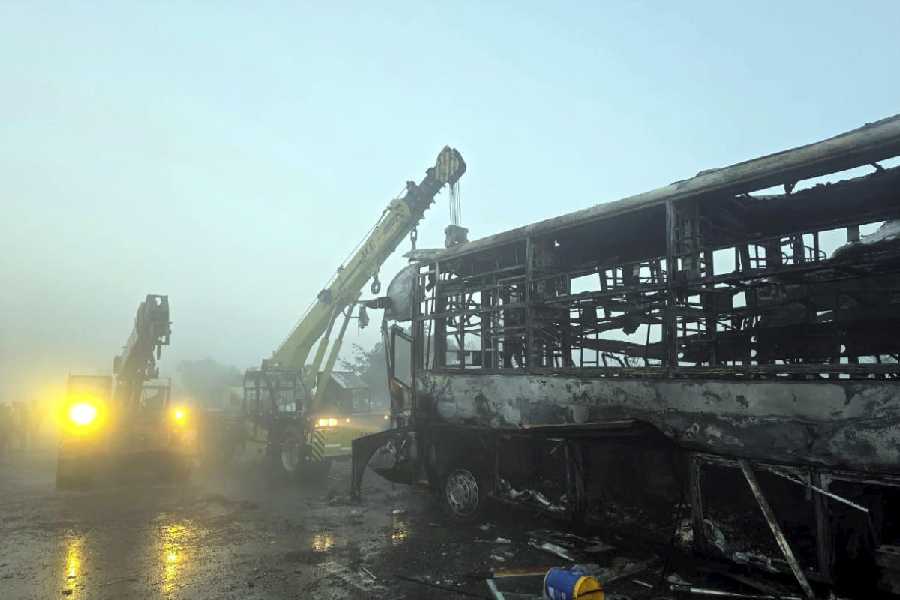Is the world serious about battling climate change? This question has haunted climate change negotiations since the Rio Earth Summit in 1992 and will be at the root of contestations at the 27th Conference of Parties beginning today in Egypt. CoP-27 is taking place amidst the worst geopolitical tensions in years — the Ukraine war has set back greenhouse gas emission targets across the world by precipitating an energy crisis, while cost of living has been spiralling globally amidst deepening economic gloom. But the gravity of the climate catastrophe cannot be stressed enough. In September, a study published in Science said that the earth may have already passed through five dangerous tipping points owing to rising temperatures. The secretary-general of the United Nations, António Guterres, has warned that the world is doomed unless developed countries come forward and sign a “historic pact” with poorer nations this year and act on it immediately.
Resolving new and old challenges would decide the fate of CoP-27. Given the inability to reduce the use of fossil fuel, much of global intervention has ended up being focused on carbon offset schemes, such as large-scale tree planting. It is true that the conservation of forests, along with other nature-based solutions, can provide up to 37% of the emissions reductions needed to tackle climate change. But naturally preserved forests — a thinning resource — are 40% more effective than planted ones. Another relevant question often missing from policy conversations is where the water to sustain afforestation will come from. Three of the eleven global water stress hotspots are in Africa where the CoP-27 is taking place. Then, there are the perennial bottlenecks. In spite of decades of deliberations, high-income countries have not yet described how they will contribute to the agreed $100 billion per year — the deadline to achieve this was 2020 — to help lesswealthy nations reduce emissions and adapt to climate change. In fact, one of the flashpoints at CoP-27 is likely to be the vexed question of ‘loss and damage’, which refers to the most devastating impacts of extreme weather that are impossible to adapt to. Poor countries want a funding mechanism that would allow for the rescue and rehabilitation of countries whose physical and social infrastructure has been destroyed by climate-related disasters. Rich countries have already shown that they can mobilise vast resources to tackle global emergencies — by one estimate, $15 trillion was committed and raised in 2020 by the major economies to fight Covid-19. Yet, climate change has not attracted such accelerated action. New Delhi would have its eyes on Egypt. At CoP-26, India and other developing countries understandably balked at the singling out of any one fossil fuel for curbs. As one of the largest economies with a defining role in fighting the worsening planetary climate crisis, India faces the prospects of a balancing act at the global climate negotiations. New Delhi has said that it will insist on ‘action’ by developed countries to deliver on long-promised finance to developing countries for adapting to climate change threats at CoP-27. Yet, there is a need for nimbleness — from all participants — to get around roadblocks. Cop-27 offers another opportunity for the world to engineer a course correction on global warming. It must not be wasted.











